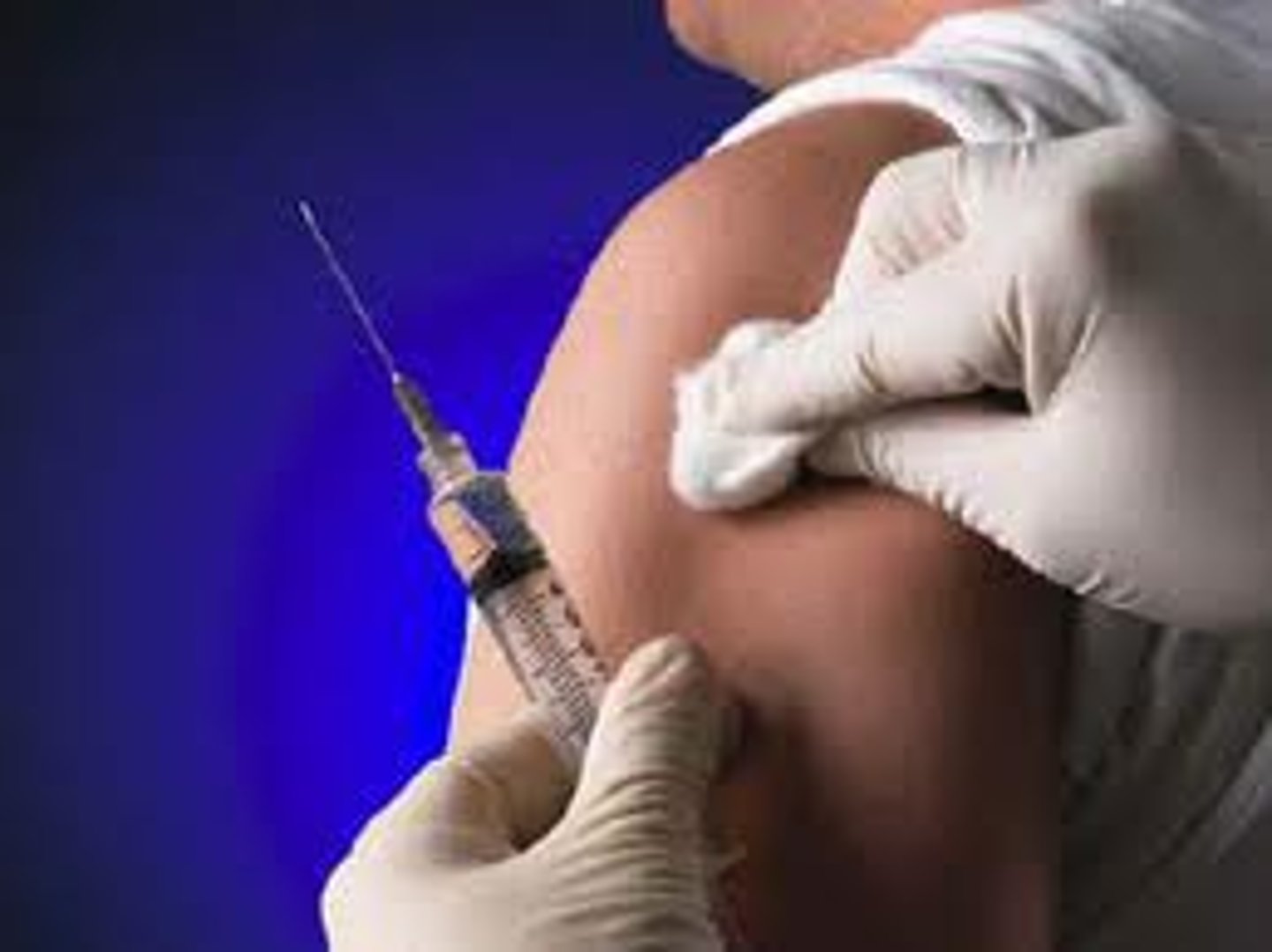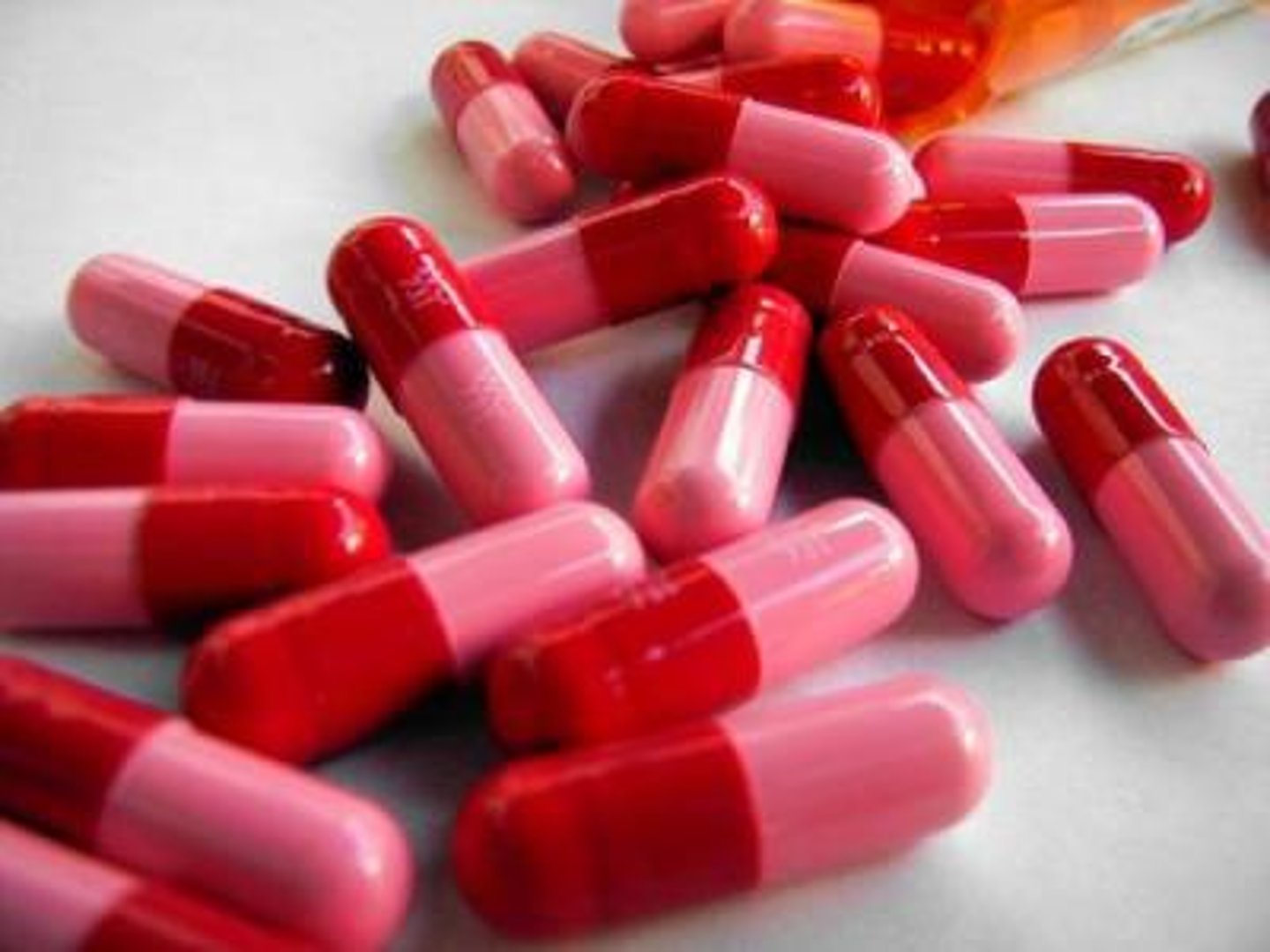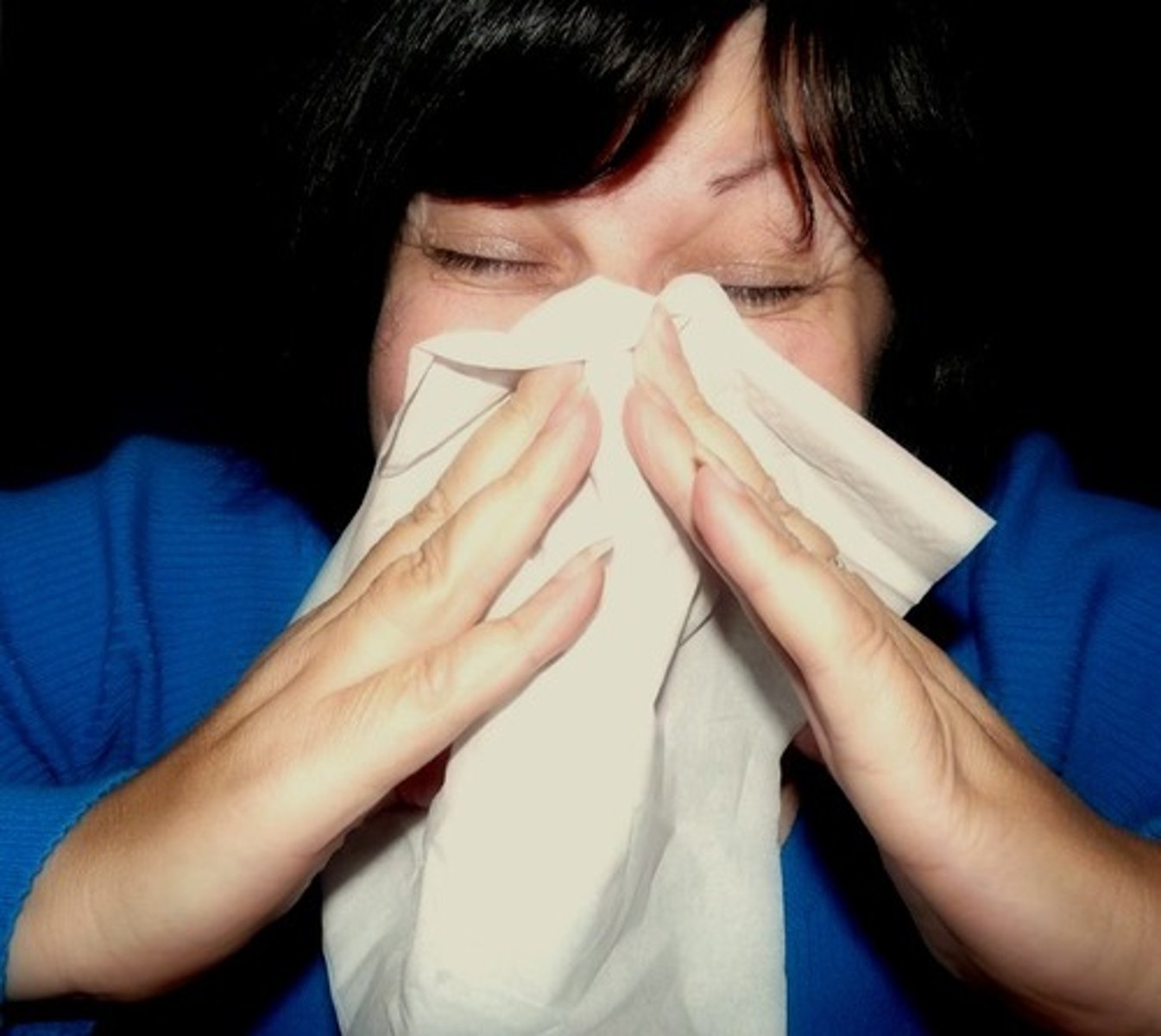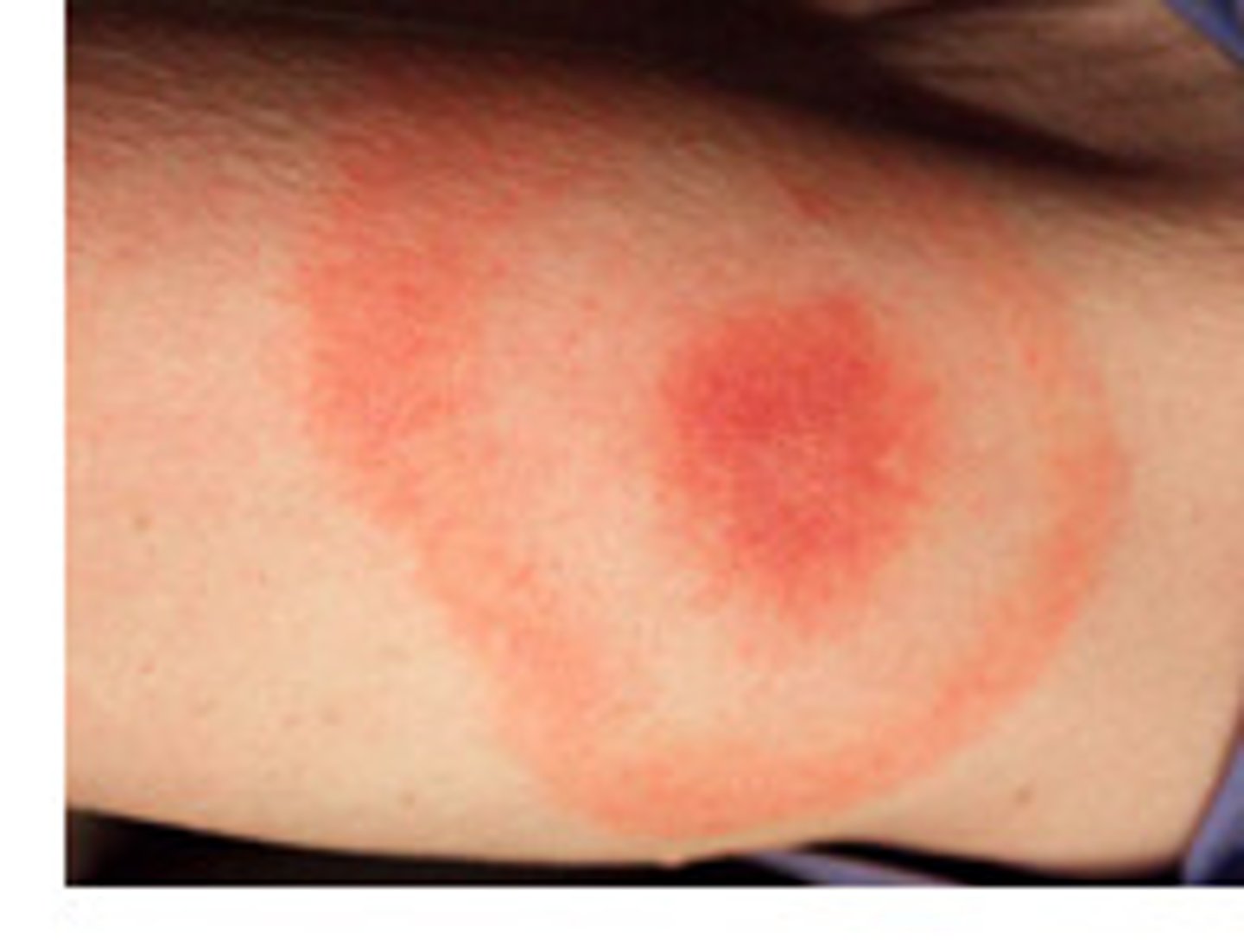03.1D BIO Diseases Caused by Bacteria & Viruses (PART D)
1/25
There's no tags or description
Looks like no tags are added yet.
Name | Mastery | Learn | Test | Matching | Spaced |
|---|
No study sessions yet.
26 Terms
Pathogens
A bacterium, virus, or other organism that can cause disease
Two ways that bacteria cause disease
Damage the cells and tissues of the infected organism by breaking down the cells for food.
Release toxins (poisons) that travel throughout the body interfering with the normal activity of the host.
Diseases Caused By Bacteria
Lyme Disease
Tetanus
Tuberculosis
Bacterial meningitis
Staphylococcus infection
Strep throat
Vaccine
A weakened or inactive version of a pathogen that stimulates the body's production of antibodies which can aid in preventing an infection.

Antibiotics
Drugs used to treat bacterial infections; examples include penicillin, ampicillin, sulfa drugs, etc.

Penicillin
An antibiotic produced by a fungus that kills bacteria by interfering with cell wall production
Two ways viruses cause disease
Invade and destroy certain cells in the body.
Change patterns of growth and development of infected cells.
Diseases Caused By Viruses (Examples)
Common cold
Influenza (flu)
AIDS
Chicken pox
Hepatitis B
West Nile
Ebola
Zika
Retrovirus
A virus that contains RNA as its genetic material

Common Cold
A retrovirus usually associated with swollen nasal mucous membranes and the production of fluid from the sinuses and nose.

Chicken pox
An airborne viral infection that that grows in the respiratory tract results in a skin condition characterized by a rash
Measles
An acute, highly contagious infection caused by the rubella virus and transmitted by respiratory droplets
Rabies
A viral infection of the brain and spinal cord that is transmitted by the saliva, urine, or feces of an infected animal
Polio
A highly infectious viral disease that causes inflammation of the nerve cells of the brain stem and spinal cord, leading to paralysis
HIV
A retrovirus which over a period of years weakens the capacity of the immune system to fight off infection so that weight loss and weakness set in and other afflictions such as cancer or pneumonia and may result in death
Influenza (Flu)
A highly contagious viral infection of the respiratory passages causing fever, severe aching, and often occurring in epidemics
Ebola
A contagious viral disease originating in Africa. It is transmitted by blood and body fluids and causes body organs and vessels to leak blood, usually resulting in death
Zika
A viral infection transmitted primarily by mosquitoes. An infection during pregnancy can cause the brain to not fully develop.

Oncogenic Viruses
Viruses capable of causing cancer; examples include Epstein-Barr, human pappiloma virus (HPV), hepatitis B, and herpes
Diseases Caused By Bacteria (Examples)
Cholera
Lyme Disease
Tetanus
Tuberculosis (TB)
Bacterial Meningitis
Strep Throat
Cholera
A bacterial infection caused from drinking contaminated water that causes extreme dehydration and diarrhea. Can cause death very fast if left untreated
Lyme Disease
A tick-borne bacterial infection that causes a rash, often in a bull's-eye pattern, and flu-like symptoms. Joint pain and weakness in the limbs also can occur

Tetanus
A bacterial infection spread through contact that causes painful muscle spasms, particularly in the jaw and neck; can lead to death but can be prevented with a vaccine
Tuberculosis (TB)
A bacterial infection that may affect almost all tissues of the body, especially the lungs
Bacterial Meningitis
Inflammation of the membranes surrounding the brain and spinal cord caused by a bacterial infection
Strep Throat
A bacterial infection that causes fever, sore throat, headache, fatigue, nausea